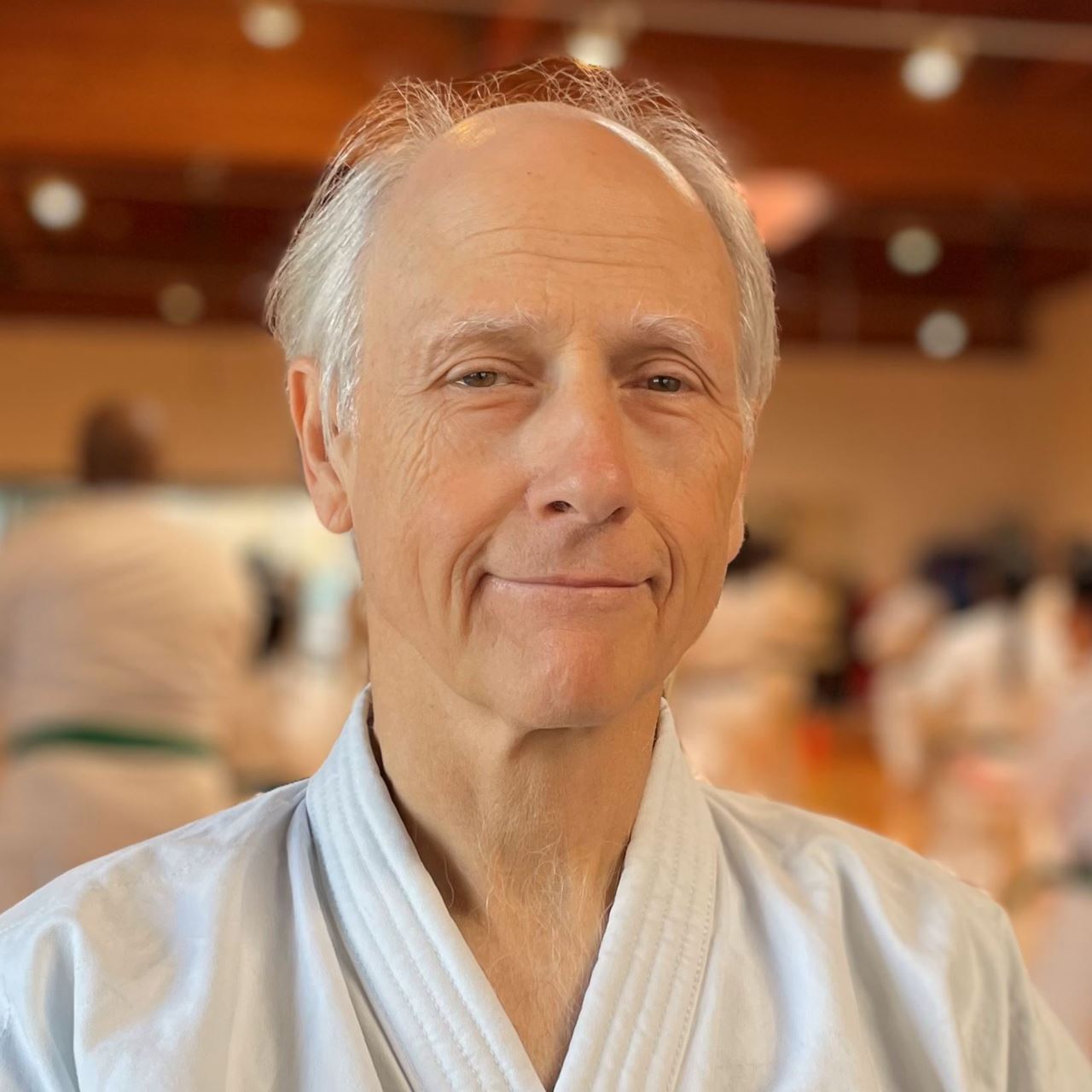cuong Nhu IATC
Since 1978, Cuong Nhu students of all ranks have gathered in late May for an extended weekend of training and camaraderie. In addition to the great martial arts classes, students have a chance to build lasting friendships, learn from instructors from around the world, and watch advanced tests and demonstrations. "Cuong Nhu Campout," as it was called in the old days, is now known as Cuong Nhu's International Annual Training Camp, or IATC. It is hosted each year on Memorial Day Weekend on a university campus - most often in the Raleigh-Durham area.
This year - 2025 - is the 60th Anniversary Year of Cuong Nhu Martial Arts! You won't want to miss IATC 25 for a special opportunity to remember and honor our past, celebrate our present, and look ahead toward the future of Cuong Nhu.
Browse these pages for more details about this year's training camp; and when you're ready, register here. Questions? Contact us at IATC@cuongnhu.com.
IATC 2025: Leadership from Within
It’s easy to think about leadership in terms of the hierarchy of ranks: Our dojo leaders teach us; we follow their example, work our way up the belt levels, learn what it is we’re supposed to teach, take on increasing responsibilities in the dojo, and eventually become full-fledged teachers/leaders ourselves. These experiences help and inspire us in other areas of our lives. When I speak of “leadership from within,” I’m talking about something deeper that needs to happen along that path. Genuine leadership has to come from inside us, from a core sense of confidence in our knowledge, ability and purpose. While it might get its start in copying our teachers and following instructions, ultimately we must train in a way that builds inner strength and independence, so we can leave imitation behind and simply act. Cuong Nhu training at its best builds leadership from within. It starts on your first day, when you sign up for class and commit to it. Your instructor can show and tell you what to practice, but they can’t make you come to class, and they can’t make your arms and legs get it right. You have to motivate yourself to get to class, day after day, even when you don’t feel like it; you have to practice, move your body, make mistakes, take corrections, and keep trying. You have to lead yourself from within – and those who don’t start building that skill won’t get very far. As peers and instructors, we must lead others toward leading themselves. We do it by example, through our own relentless hard work, showing up no matter what, pushing through hardships and plateaus, doing all this in plain view. As teachers and heads of schools, we do it by creating a place and an atmosphere for training, providing curriculum and instruction to point the way, but more, by helping students understand that the most important answers come from inside – not from a video, not from a manual, not even from a question being answered in class, but from relentless self-motivated hard work, the only way to gain real mastery. More about that last point: It’s natural for students to have questions, and teachers to have answers. That will never change, and of course it’s part of learning. But those of us who have trained long and hard for decades know that the external questions and answers are mostly optional, while the individual hard work is essential – and what you need most. The questions and answers feel good in the moment, but they are a kind of crutch we have to let go of in order to become self-sufficient leaders. Train from within to lead from within. The introspective hard work, the pushing ourselves to feel and understand our art and our discipline within ourselves – that’s where self-reliance is built. That’s where we build confidence in our knowledge, and in our ability to share and apply it in the world – in other words, true leadership; leadership from within.
| Click here for recent past years' IATC themes. |

 Martial arts training at its heart is about training
leaders. Yes, Cuong Nhu training is fun, it builds fitness and physical
health – but for a purpose: to learn self-defense, promote self-reliance, and make
us able to help and serve others. The Code of Ethics: We build our skills in
order to serve the people.
Martial arts training at its heart is about training
leaders. Yes, Cuong Nhu training is fun, it builds fitness and physical
health – but for a purpose: to learn self-defense, promote self-reliance, and make
us able to help and serve others. The Code of Ethics: We build our skills in
order to serve the people.